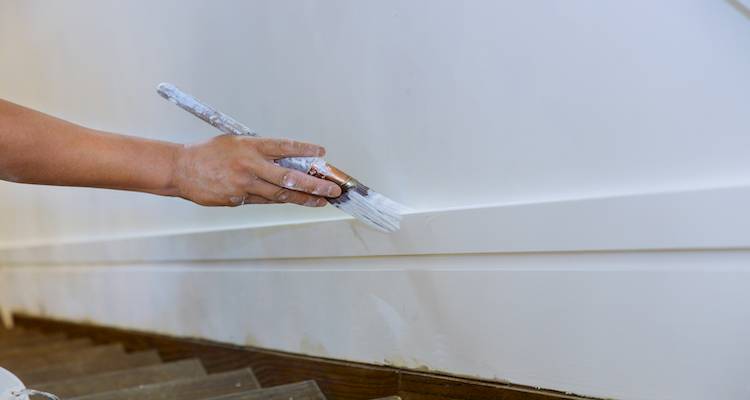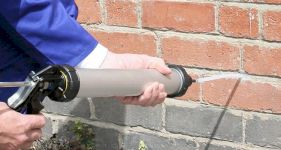Immersion Heater Cost
- The average cost of replacing an immersion heater is around £133.
- The job will take approximately 1 to 2 hours to complete.
- A complete pricing breakdown, which includes cost factors to consider, types of immersion heaters, and what such a task usually involves.
- How long the job should approximately take, and a general overview of what kind of jobs can be performed.
- How to find and hire a local electrician.
Want to know how much replacing an immersion heater will cost?
In this guide, we discuss all costs of installing an immersion heater and also other topics such as what is an immersion heater, how an immersion heater works, and how much an electrician charges to install one.
Installing an immersion heater will cost, on average, around £133.
Ready for a quote?
We have a range of electricians ready to offer you a free quote!
So, for all your immersion heater information - take a look below!
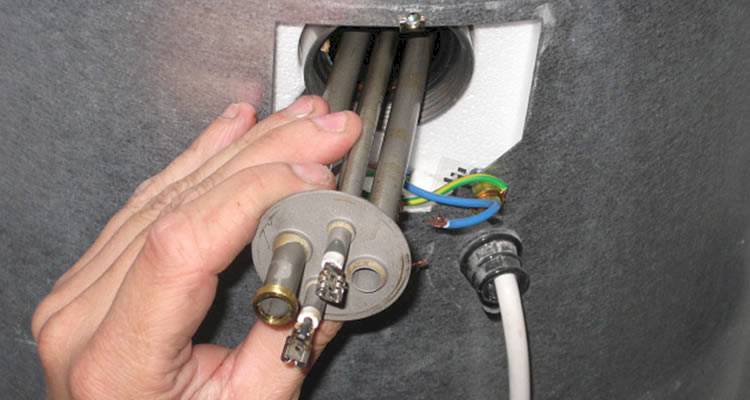
£133
Table of Contents
- How Much is an Immersion Heater?
- Supply Only Costs
- Alternatives to Immersion Heaters
- Labour Costs and Timescales
- Cost Factors of Replacing an Immersion Heater
- What's Involved in Replacing an Immersion Heater?
- Can I Replace an Immersion Myself?
- Types of Immersion Heater
- Alternatives to Immersion Heaters
- Do I Need to Replace My Immersion Heater?
- Removing an Immersion Heater Cost
- Hiring Someone to Replace an Immersion Heater Checklist
- FAQs
How Much is an Immersion Heater?
Although most UK homes only use immersion heaters as a backup source for hot water, they can be incredibly useful during the summer months when the central heating may be switched off, but hot water is required.
So, what is an immersion heater?
An electric immersion heater is an element fitted inside a water storage cylinder. When turned on, it can heat the water using electricity, and can provide hot water independent of the central heating system.
What's the cost of replacing an immersion heater?
The average cost of replacing an immersion heater is around £133, and can take between 1 to 2 hours.
Depending on the size of the water storage cylinder, there may be up to 3 electric heating elements inside.
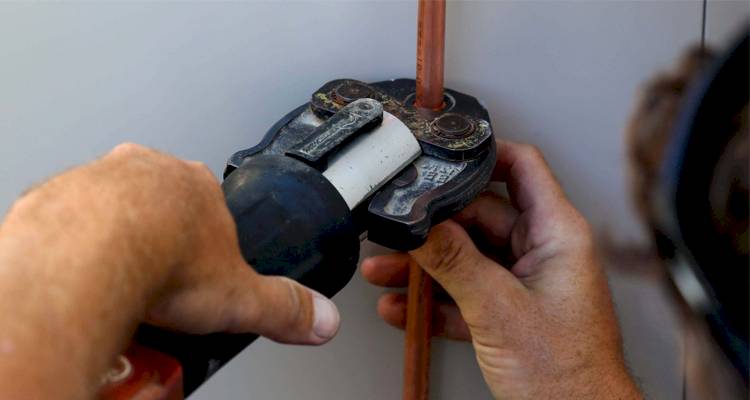
These elements can usually be replaced without replacing the storage tank and won’t add too much to your new immersion heater cost.
An experienced DIY enthusiast can do this, but this is a job best left to a professional in many cases.
I need to get a new immersion heater fitted and also to have a new bath and sink to install. So clearly the immersion heater is our priority but the others need doing but is it worth doing each as my finances dictate or would it be best to wait longer and have them fitted together?
Immersion Heater Prices
Below are some estimated costs of installing immersion heaters, as well as their duration.
| Job Description | Duration | Material Cost | Labour Cost |
|---|---|---|---|
| 27-inch copper immersion heater | 1 - 2 hours | £24 | £105 |
| 27-inch titanium immersion heater | 1 - 2 hours | £34 | £105 |
| 14-inch copper immersion heater | 1 - 2 hours | £21 | £105 |
| 11-inch titanium immersion heater | 1 - 2 hours | £34 | £105 |
| Replacing a single element copper immersion heater | 1 - 2 hours | £35 | £105 |
| Replacing a double element copper immersion heater | 1 - 2 hours | £52 | £105 |
| Replacing a single element copper immersion heater | 1 - 3 hours | £58 | £135 |
Below are the average costs of unclogging and cleaning the drains.
| Job Description | Average Cost |
|---|---|
| Call-out cost | £58 |
| Emergency call-out cost | £175 |
| Rodding the drain | £80 |
| Jetting the drain | £185 |
| Rodding and jetting the drain | £230 |
Supply Only Costs
Below are the average supply costs of each type of immersion heater.
| Supply | Average Cost |
|---|---|
| In-line heater | £23 - £29 |
| Flange heater | £17 - £23 |
| Screw plug heater | £34 - £46 |
| Over the side heater | £46 - £70 |
Alternatives to Immersion Heaters
If you’ve decided an immersion heater isn't for you, you can switch your heating system and choose to install a new boiler:
- New combi boilers cost £2,750 to install, offering a comprehensive heating and hot water solution.
- Installing an oil boiler costs approximately £2,450, and is a good option for homes off the mains gas grid.
- Biomass boilers cost £13,200 to fit and install, if you want a renewable energy option.
- Air source heat pumps cost £8,000 to install, and work by extracting heat from the air to warm your home.
Labour Costs and Timescales
A tradesperson will typically charge no more than a standard rate of £105 for this type of work unless other issues take place, causing a longer job.
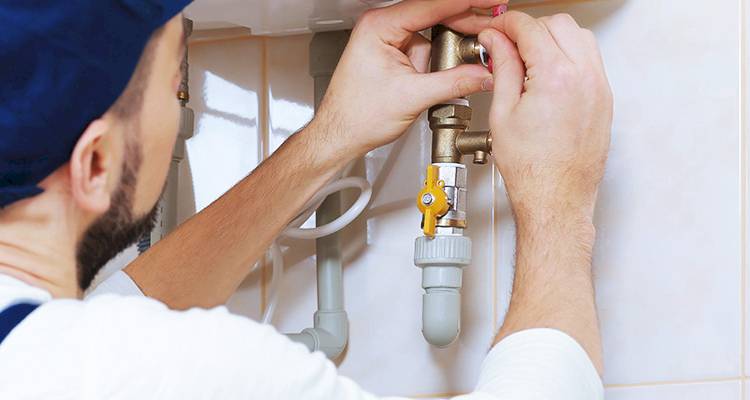
This job will typically take 1 to 2 hours, depending on the ease of access for tradespeople, and in case the immersion tank needs to be emptied entirely (most of the time, this won’t be the case).
When choosing a new electric heating element, make sure that you choose a new element of the same size, shape and power rating.
Cost Factors of Replacing an Immersion Heater
Here's a list of cost-affecting factors you may encounter when replacing your immersion heater.
Type of Heater
The type of heater you choose will influence your budget and pricing, although most are within a similar price range.
Copper immersion heaters typically cost between £20 to £30, whereas titanium immersion heaters typically cost between £30 to £40.
Running Costs
The running costs of an immersion heater can be fairly pricey, as it uses electricity for a fuel source, which is a higher price than natural gas.
Below is a table featuring the average running costs of an immersion heater based on size.
These figures have been calculated using the July to September 2025 Ofgem price cap of 25.73p per kWh.
| Size | Avg. Running cost per/Hour | Avg. Running cost per/Week | Avg. Running cost per/Month | Avg. Running cost per/Year |
|---|---|---|---|---|
| 3kW | 77p | £129.60 | £554.64 | £6,763 |
| 6kW | £1.54 | £259.20 | £1,109 | £13,527 |
Size of Heater
The size you pick for your immersion heater will also affect the price. When selecting and buying your heater, the supply-only costs will add up.
A 14-inch copper immersion heater can cost around £21, whereas a 27-inch copper immersion heater can cost around £25.
What's Involved in Replacing an Immersion Heater?
Replacing an immersion heater involves working with both water and electricity. It should only be attempted by a qualified electrician or heating engineer to ensure safety.
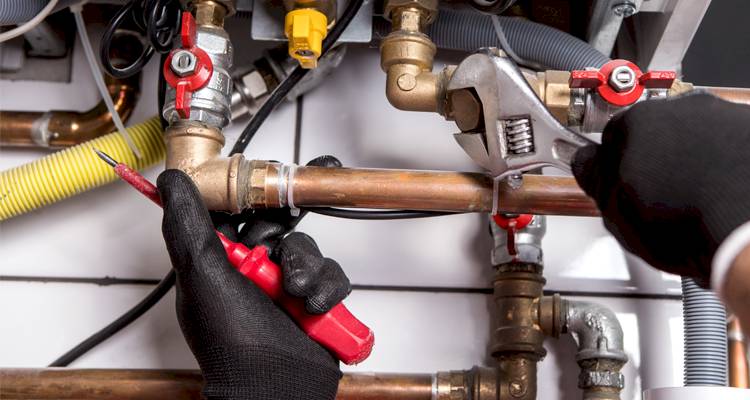
Access to your property's immersion heater will often be awkward, making the replacement tricky.
If the tank is leaking or badly corroded, you may need to replace it entirely. Other problems may be rectified by replacing faulty heating elements or thermostats.
Can I Replace an Immersion Myself?
Immersion heating involves plumbing and electrics. It's not recommended that you attempt this job as a DIY project due to the risks involved.
Types of Immersion Heater
There are different types of immersion heaters to choose from, all serving different purposes. Below is a list of the different types of immersion heaters, each with pros and cons.
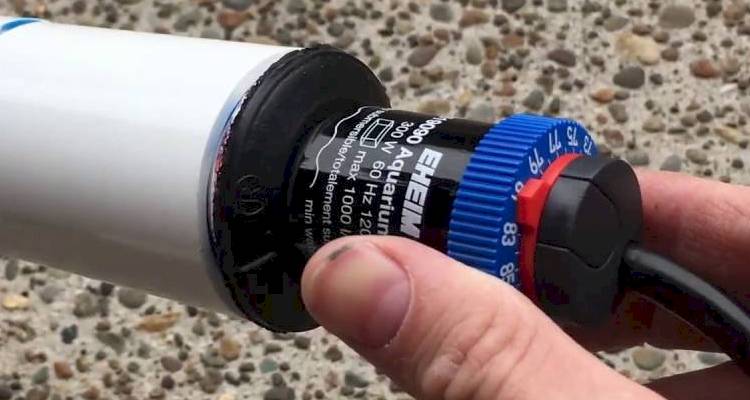
In-line Heaters
In-line heaters are also known as circulation heaters. This type of immersion heater comes in various materials, including stainless steel and titanium.
In in-line immersion heaters, fluid flows through a chamber containing a heating element where it is heated until it achieves the desired temperature.
Pros
- ✔ Different material options available (titanium, stainless steel)
- ✔ Easy to install
Cons
- ✖ Higher initial cost
- ✖ Not the best for energy efficiency if using intermittently
Flange Heaters
Flange immersion heaters are versatile and able to heat large volumes of liquid. The heating elements can be straight or L-shaped to fit different design configurations.
This type of heater is built using corrosion-resistant materials, offering longevity.
Pros
- ✔ Durable, corrosion-resistant
- ✔ Suitable for high kW applications
Cons
- ✖ Higher installation cost compared to other heaters
- ✖ Units are usually large and bulky
Screw Plug Heaters
Screw plug immersion heaters are compact units that screw in directly to the side of a tank. Being smaller than other immersion heaters, they're best for applications that don't need high heating power.
Pros
- ✔ Versatile and low-maintenance
- ✔ Energy efficient
Cons
- ✖ Limited element space
- ✖ Tank needs to be drained before replacement
Over the Side Heaters
Over-the-side immersion heaters hang over the edge of a tank, with the heating elements sitting along the side or bottom. No tank modifications are needed, making installation and removal easy.
Pros
- ✔ Compact, taking up little space
- ✔ Easily removable for servicing
Cons
- ✖ Longer time needed to reach the required heat temperature
- ✖ Less efficient for continious use
Alternatives to Immersion Heaters
Immersion heaters are not always the right choice for certain households, and can sometimes be dated. If you’re looking for different alternatives to an immersion heater, here's what you need to know.
Air Source Heat Pump
An air source heat pump transfers heat from the air outside into your home. They can be connected to wet central heating systems, including radiators, underfloor heating, and hot water cylinders.
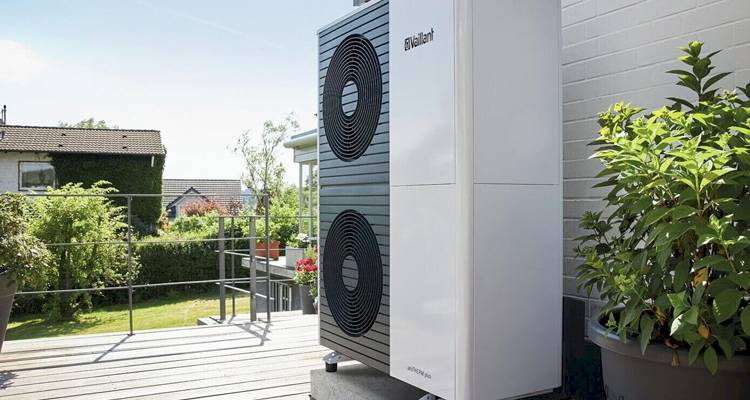
Pros
- ✔ Lower running costs than electric or oil heating
- ✔ Low-maintenance
Cons
- ✖ Extra costs for underfloor heating installation
- ✖ Heat may feel less "intense" than traditional boilers
Ground Source Heat Pump
Ground source heat pumps - also known as geothermal heat pumps - circulate a "water-antifreeze" mixture through underground pipe loops in your garden. This liquid absorbs the heat from underneath your garden's surface and travels to the heat pump, providing hot water and heating for your property.
Pros
- ✔ Low-maintenance after installation
- ✔ May also provide cooling in summer, as well as heating in winter
Cons
- ✖ Pricier than air source heat pumps
- ✖ Needs an expert installer
Solar Thermal
Solar thermal systems are an excellent option if you're looking for an eco-friendly heating alternative. They capture the sun's energy and convert it into heat for your home's hot water.
Pros
- ✔ Eco-friendly and renewable
- ✔ Provides "free" energy from the sun
Cons
- ✖ Requires regular maintenance
- ✖ Only able to heat water
Do I Need to Replace My Immersion Heater?
It’s usually not that difficult to tell if you need to replace your immersion heater.
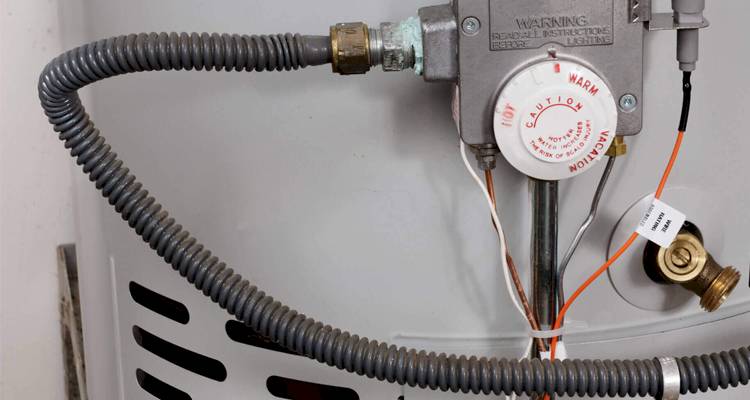
Signs you may need to replace your immersion heater include:
- You’ve had your heater for a long time
- It’s making unusual noises
- Your water heater is leaking
- Your water is staying cold
Removing an Immersion Heater Cost
You will need to call in a professional to remove your heater safely and securely by cutting the power, shutting off the water, draining the tank, and removing the water tank.
Donation
If your heater is still working and in stable condition, you can help someone by donating it to a donation centre for free, or set up an online advertisement to see if someone can pick it up. This is a great way to help out your local community and be eco-friendly.
Recycling
Many recycling centres will utilise your heater and recycle the scrap metal parts. This is a great way to help the environment and ensure that no parts go to waste, and is usually free of charge.
Skip Hire
Skip hire can be included in the price of a contractor if you’re hiring them to remove the immersion heater. However, if you’re looking to organise a skip hire yourself, the average cost to hire a skip is £220, but the price will depend on the size, and your location in the UK.
Hiring Someone to Replace an Immersion Heater Checklist
Before you hire someone to replace an immersion heater in your home, there are several things you may need to consider first when weighing up different contractors for your immersion heater cost replacement.
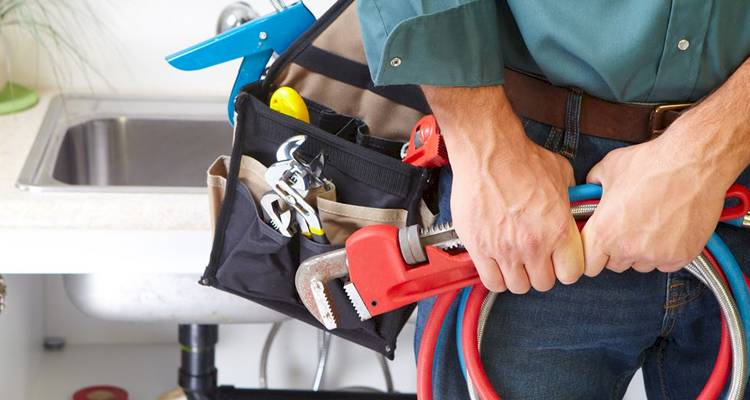
Below is a simple step-by-step guide for you to contemplate when hiring a professional to carry out the job:
- It’s a good idea to speak to several electricians and ask for a handful of quotes before settling on one company. Even if you think you have a good deal straight away, you should always weigh up other options.
- Double-check that the electrician is authorised to replace an immersion heater, and has completed similar jobs to this beforehand. Always ask for references and pictures from their previous clients.
- Make sure you have a written agreement before any work takes place. This will ensure you have a clear outline of the job specification and what services will be included.
- Always make sure that your tradesperson is insured and offers a guarantee for their work, as well as being registered with a reputable trade body.
- Remember to ask for a receipt or payment confirmation to protect you against possible future disputes.




